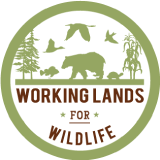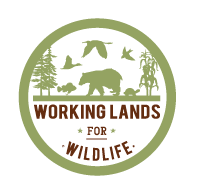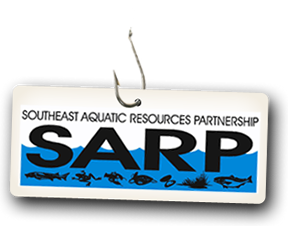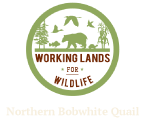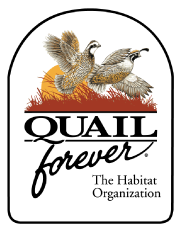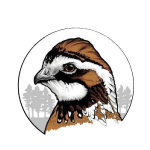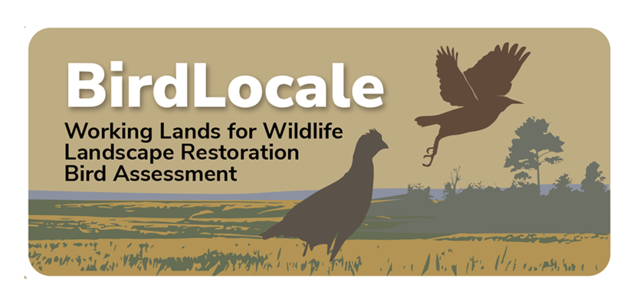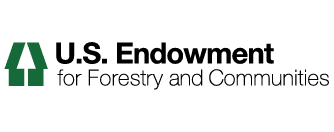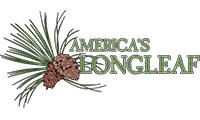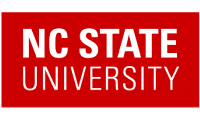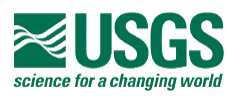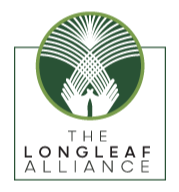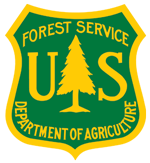Landscape Partnership Resources Library
USEC Bonnie Keynote for the Corridors, Connectivity and Crossings Conference
Under Secretary Robert Bonnie, Farm Production and Conservation, USDA
Sagebrush Biome Framework
This framework for 2021-2025 reflects collaborative, multi-state planning efforts to update SGI 2.0, and continues to build from a decade of success conserving the sagebrush biome. This framework also serves as NRCS’ ongoing contribution to the Sagebrush Conservation Strategy administered by Western Association of Fish and Wildlife Agencies. Sharing common cross-boundary threats, NRCS staff across eleven western states collaborated to create this shared vision for conservation action.
Great Plains Grassland Biome Framework
In 2020, a multi-state, areawide planning initiative produced the first biome-scale framework for grassland wildlife conservation on the region’s sustainable working rangelands. This initiative features an action-based framework for 2021-2025 focused on addressing the two most severe and large-scale threats to the Great Plains biome: woodland expansion and land use conversion.
Working Lands for Wildlife: Northern Bobwhite, Grasslands and Savannas Framework for Conservation Action
Working Lands for Wildlife: Northern Bobwhite, Grasslands and Savannas Framework for Conservation Action is a 2022 publication by NRCS capturing a long-term, large landscape conservation plan to recover central and eastern grasslands for northern bobwhite and other wildlife species. To support the win-win approach of WLFW, this framework also includes anticipated outcomes for risk management and revenue enhancements for agricultural/forestry operations, as well as measured outcomes for greenhouse gas (GHG) mitigation.
Framework for Conservation Action in the Great Plains Grasslands Biome
A ‘Call to Action’ has emerged in the Great Plains to scale-up conservation on private lands and meet the sustainability targets that benefit both agriculture and wildlife. In 2020, a multi-state, areawide planning initiative produced the first biome-scale framework for grassland wildlife conservation on the region’s sustainable working rangelands. This initiative features an action-based framework for 2021-2025 focused on addressing the two most severe and large-scale threats to the Great Plains biome: woodland expansion and land use conversion.
2023 Shade Your Stream Grant Program Request for Proposals
Non-point source pollution poses many threats to aquatic and human life across the Tennessee River Basin. In 2020, Tennessee River Basin Network partners voiced their concern about this growing threat and the need to collectively increase capacity to address it. In response, the Tennessee River Basin Network launched a Shade Your Stream grant program in 2021. This program supports individuals and organizations that empower people and their communities to effectively safeguard their watershed’s aquatic and human life through outreach and a hands- on, cost-effective, user-friendly riparian restoration technique.
Using the Conservation Tax Incentive
The permanent conservation easement tax incentive is a powerful tool that helps Americans conserve their land voluntarily.
Poster Presentation: Seeing Past the Green: Quantifying the Characteristics of High-graded Forests
Download the Poster Presentation for "Seeing Past the Green: Quantifying the Characteristics of HIgh-Graded Forests
Seeing past the green: Structure, composition, and biomass differences in high graded and silviculture-managed forests of similar stand density
Forests of the eastern United States (US) mostly comprise a mix of stands managed following silvicultural principles and stands managed with exploitative timber harvesting practices. These stands can have similar stand densities (e.g., basal area per hectare) but vary vastly in structure, composition, and biomass and carbon storage. High grading, a prevalent exploitative timber harvesting practice in the eastern US, is of particular concern because it can negatively affect future forest health and productivity. This study quantifies differences in forest structure, composition, and biomass and carbon storage between high graded stands and stands that received a seed/establishment cut of a uniform shelterwood regeneration sequence treatment, which is a comparable and well-established silvicultural method used to regenerate mixed-oak forests. It focuses on mixed-oak forests (mixed-Quercus), where the effects of high grading have been understudied, and uses a sample with broader spatial coverage than previous studies. The sample comprised nine stands that were known to have been high graded 8–15 years ago and nine stands that received the seed/establishment cut of a uniform shelterwood regeneration sequence. Stand were systematically sampled using fixed-area plots. Field measurements were collected and used to calculate metrics describing forest structure and function. The structure of high graded stands was characterized by a higher proportion of trees with poor health and/or form compared to shelterwood stands, with 18.3 % less acceptable growing stock and trees with lower crown compaction. Diameter distributions of high graded stands were characterized by numerous small trees and few large-diameter trees. Spatial variability of overstory trees was contingent on the tree size range evaluated, with a larger variability of sawtimber-sized trees (trees ≥ 29.2 cm in diameter at breast height) in high graded stands. High graded stands also had 2.2 times fewer oak trees (Quercus spp.) in the overstory canopy, 17,897 fewer seedlings per hectare (ha), and 45 Mg/ha less biomass than shelterwood stands. These results indicate that high grading generally degrades mixed-oak forests and impairs their long-term capacity to supply vital ecosystem services such as habitat for specific wildlife species, carbon storage, and high-quality wood products.
Decision Support Tools to Inform the Rehabilitation and Management of High Graded Forests
Abstract Numerous forests in the eastern United States have been degraded due to past exploitative timber harvesting known as high grading. High graded forest stands may not improve without active re- habilitation and may require targeted silvicultural treatments. This study focuses on high graded mixed-oak (mixed-Quercus spp.) stands and aims to develop a model that can identify past high grading and to determine modifications that may improve forest management recommendations provided by the prominent decision support tool, SILVAH. We present a model that uses standard forest inventory measurements and does not require knowledge of preharvest stand conditions to predict with moderate to high accuracy whether a stand was high graded, which could be par- ticularly useful for nonindustrial private forests. Results indicate that modifications to SILVAH may be necessary to improve its utility for prescribing silvicultural treatments in high graded stands. Study Implications: High graded forest stands are often not readily apparent and likely require specific forest management practices. We present a tool that uses standard forest inventory meas- urements to predict past high grading, which can be used to inform and prioritize forest manage- ment decisions. We also present suggested modifications to the prominent decision support tool, SILVAH, that may improve its ability to prescribe optimal silvicultural treatments for high graded stands. Results from this study provide forestry professionals/landowners working in the mixed- oak forests of the northeastern United States with tools to inform forest management decisions that aim to return degraded stands to healthier and more productive states.
Golden-winged Warbler Landowner Outreach Mailer Template
This editible mailer template from the Golden-winged Warbler Working Group is a great way to generate private landowner interest in your area! It outlines the importance and benefits of Golden-winged Warbler habitat and how landowners can participate or get more information.
Framework for Conservation Action in the Sagebrush Biome
This action-based framework is the culmination of multi-state, areawide planning initiated to update SGI 2.0 and its ongoing success in 2021-2025. This framework also serves as NRCS’ ongoing contribution to the Sagebrush Conservation Strategy administered by Western Association of Fish and Wildlife Agencies. Sharing common cross-boundary threats, NRCS staff across 11 western states collaborated to create this shared vision for conservation action.
A Function-Based Framework for Stream Assessment and Restoration Projects
Download the Functional Framework for Stream Assessment and Restoration. This is the science-based development of the original function-based framework that is the basis for the SQT.
SQT Expert Feedback - RECORDING
Recording of a meeting with experts in Hellbender research to gather feedback on the draft Hellbender Stream Quantification Tool (SQT).
SE FireMap Phase 2 Proposal - Public Version
Phase II "Development" proposal jointly submitted by Tall Timbers Research Station and USGS. Financial information has been removed to accommodate sharing. This proposal was approved for funding by NRCS via direct agreements in November, 2022. Initial deliverables are anticipated in March, 2023 and the agreement performance period ends in 2026.
Firebird Newsletter October 2022
Fire Effects in Gulf of Mexico Marshes – Historical Perspectives, Management, and Monitoring of Mottled Ducks and Black and Yellow Rails. Spring and Summer 2022 Updates.
NRCS WLFW Outcomes Assessment 2012-2018 (released 2021)
An outcomes assessment report completed under a contract to Dr. JJ Apodaca from NRCS-WLFW. This document is being shared with conservation partners but broad or public sharing is not approved.
SE FireMap-Final Scoping Report (July 2021)
Tall Timbers Research, Inc. is pleased to present the July 15th 2021 Final Report and recommendations for the scoping agreement of the SE FireMap to the U.S. Endowment for Forestry and Communities and the USDA Natural Resources Conservation Service.
Tall Timbers Geospatial Center-Scoping Activity Updates 2020-2021
Tall Timbers Geospatial Center-Scoping Activity Updates 2020-2021
